Featured Image: SpaceX
Lift Off Time | October 05, 2022 – 16:00:57 UTC | 12:00:57 EDT |
|---|---|
Mission Name | Crew-5, or United States Crew Vehicle mission 5 (USCV-5) |
Launch Provider | SpaceX |
Customer | National Aeronautics and Space Administration (NASA) |
Rocket | Falcon 9 Block 5 B1077 |
Launch Location | Launch Complex 39A (LC-39A), Kennedy Space Center, Florida, USA |
Payload mass | Around 13,000 kg (~28,700 lbs) |
Where is the spacecraft going? | Crew Dragon will rendezvous with the International Space Station (ISS) in an orbit of around 400 km. |
Will they be attempting to recover the first stage? | Yes |
Where will the first stage land? | Just Read The Instructions (JRTI) |
Will they be attempting to recover the fairings? | No, there are no fairing on Crew Dragon |
Are these fairings new? | There are no fairings on Crew Dragon |
How’s the weather looking? | The weather is currently >90% go for launch (as of October 04, 2022 – 12:30 UTC) |
This will be the: | – 8th SpaceX crewed mission – 5th CCtCap (Commercial Crew Transportation Capability) mission – 2nd flight of Crew Dragon C210 “Endurance” – 3rd flight of an unused Falcon 9 booster to launch humans – 45th launch for SpaceX in 2022 (a record) – 180th Falcon 9 launch – 129th orbital launch attempt of 2022 |
Where to watch | Official livestream |
What’s All This Mean?
For the fifth time, SpaceX will launch four astronauts to the International Space Station (ISS) in the Crew Dragon spacecraft atop a Falcon 9 rocket for the Commercial Crew Program. The rocket is set to lift off from Launch Complex 39A (LC-39A), Kennedy Space Center, Florida, USA. Crew-5 will be the second flight of the Crew Dragon Freedom spacecraft.
SpaceX’ crewed flights have ranged from commercial astronauts to private citizens. As of Crew-5, SpaceX will have launched eight missions with humans onboard. These include the five commercial crew program missions, Demonstration Mission-2, Inspiration 4, and Axiom 1 which visited the ISS. The total number of humans launched by SpaceX, upon successful completion of Crew-5, totals 30.
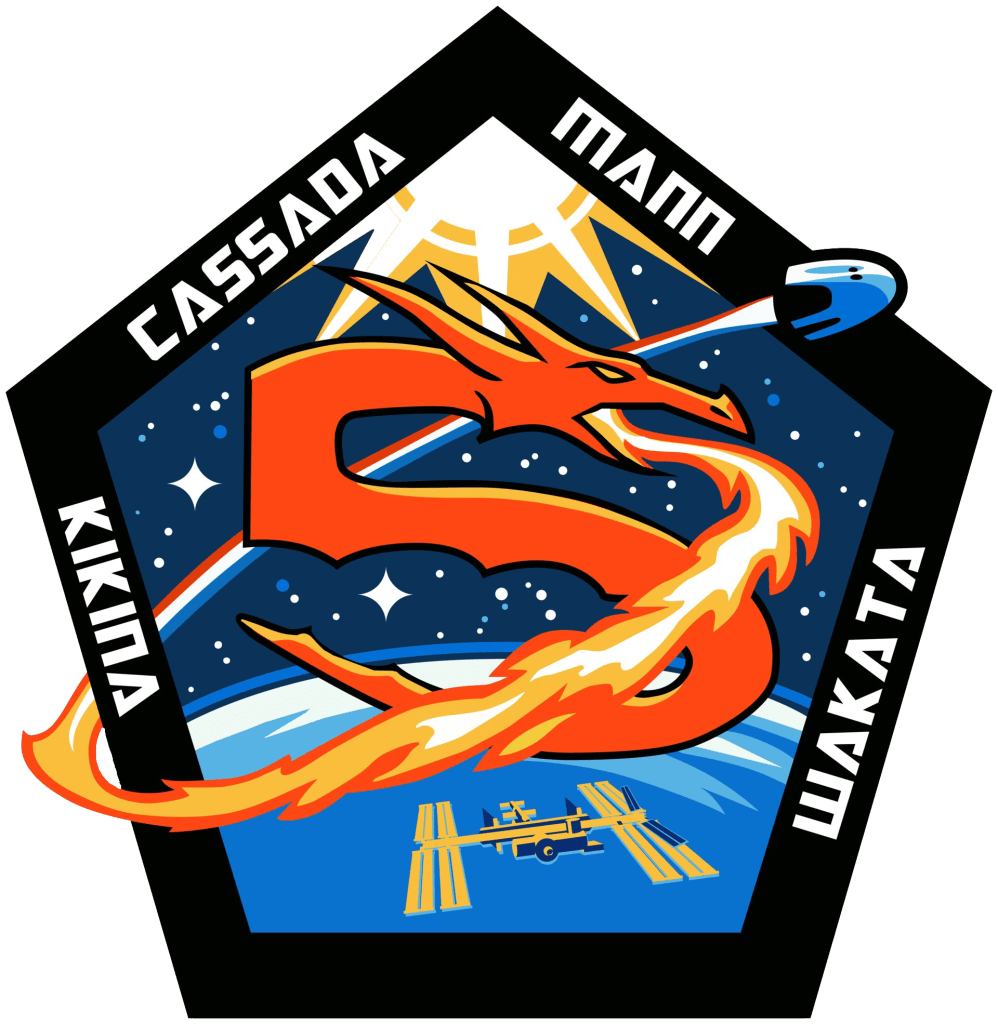
Crew-5 (USCV-5)
Crew-5 is the fifth regular crew rotation mission to the ISS to launch atop a SpaceX Falcon 9 rocket. Crew Dragon Endurance will carry four astronauts to the station where they will stay for six months. Only a few days after the arrival of Crew-5, the Crew-4 astronauts currently aboard the ISS—Kjell Lindgren, Robert Hines, Jessica Watkins, and Samantha Cristoforetti—will depart and return to Earth. Crew-5 will join the MS-22 cosmonauts Sergey Prokopyev, Dmitry Petelin, and astronaut Francisco Rubio, bringing the total crew members aboard to the station to 11 prior to departure of Crew-4.

Meet The Crew
Flying on Crew Dragon Freedom will be two NASA astronauts, one JAXA astronaut, and one ROSCOSMOS cosmonaut:
- Commander: NASA astronaut Nicole Aunapu Mann
- Pilot: NASA astronaut Josh Cassada
- Mission Specialist: JAXA astronaut Koichi Wakata
- Mission Specialist: ROSCOSMOS cosmonaut Anna Kikina
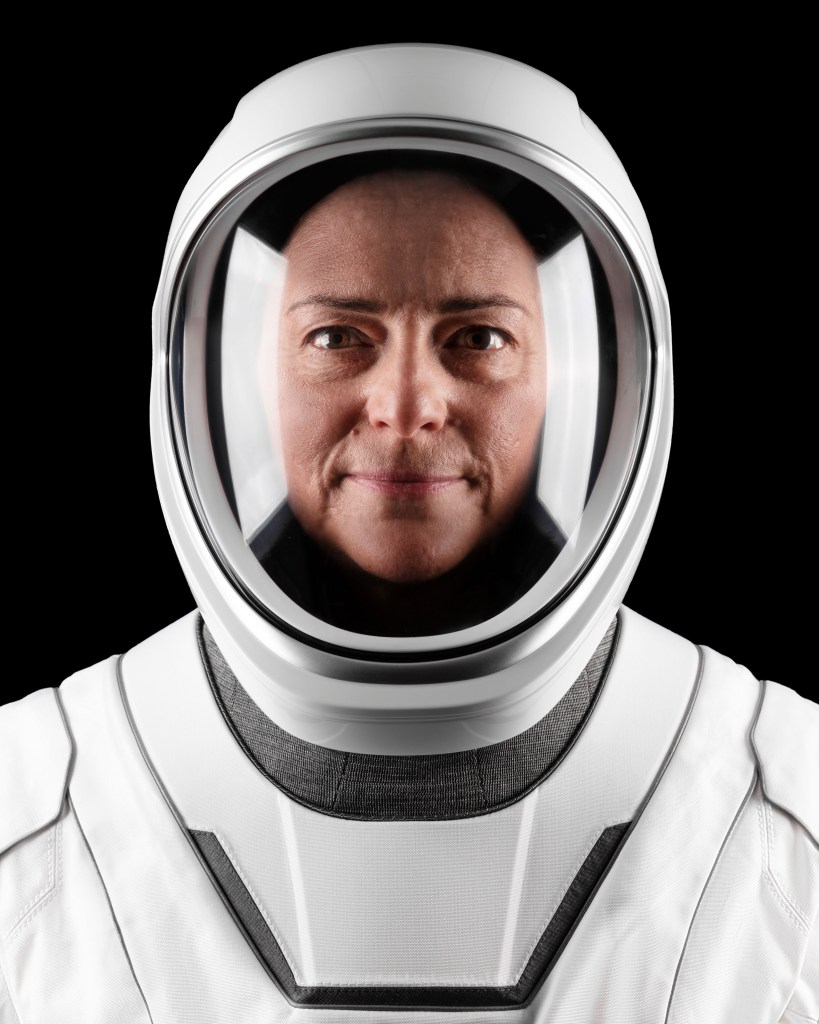
Crew-5 Commander Nicole Aunapu Mann
NASA astronaut Nicole Aunapu Mann was born on June 27, 1977 in the city of Penngrove, California. She graduated high school in 1995 from Rancho Cotate High School in Rohnert Park, California.
After high school, Nicole Aunapu Mann attended the United States Naval Academy and earned a Bachelors of Science in mechanical engineering. After serving the US Marine Corps, commander Mann attended and received her Masters of Science in mechanical engineering, specializing in fluid mechanics from Stanford University.
Commander Mann is a Wailacki heritage; a Native American group that traditionally lives in regions of northwestern California. This heritage will make her the first Native American women to travel to space. She will also be the first female commander of a Commercial Crew Program mission.
Commander Mann was initially assigned to fly on Boeing’s Starliner spacecraft on the Boeing-CFT (Crewed Flight Test) mission, launched on a ULA Atlas V rocket, but was reassigned to Dragon after delays in Starliner testing and certification.
This will be her first spaceflight.
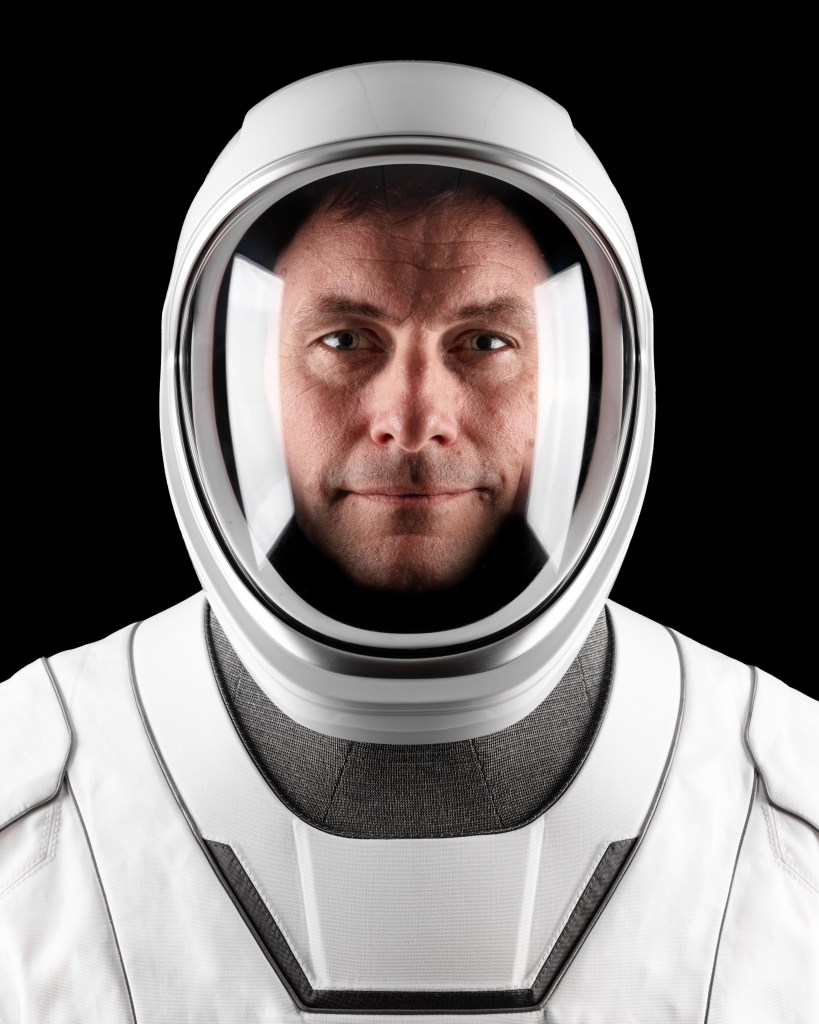
Crew-5 Pilot Josh Cassada
NASA astronaut Josh Cassada was born on July 18, 1973 in San Diego, California. He was raised in White Bear Lake, Minnesota.
After high school, he attended Albion College where he received a Bachelors of Arts in Physics. Afterwards, Cassada went on to the University of Rochester to receive his Masters of Arts in Physics in 1997 and his Doctorate of Arts in Physics in 2000.
Cassada served in the US Navy as a test pilot and participated in 23 combat missions. His flying career started off with piloting the P-3 Orion and the VP-8. He supported notable missions such as Operation Iraqi Freedom and Operation Enduring Freedom.
Cassada was initially assigned to fly on Boeing’s Starliner spacecraft on the Boeing-1 mission, launched on a ULA Atlas V rocket, but was reassigned to Dragon after delays in Starliner testing and certification.
This will be his first spaceflight.

Crew-5 Mission Specialist Koichi Wakata
JAXA astronaut Koichi Wakata was born on August 1, 1963 in Ōmiya, Saitama, Japan and after high school, spend most of his time at Kyushu University studying to earn three degrees.
Wakata first earned a Bachelor of Science in Aeronautical Engineering in 1987, a Master of Science in Applied Mechanics in 1989, and a Doctorate in Aerospace Engineering in 2004. After this, he worked as a structural engineer for Japan Airlines.
No foe to space, Wakata has clocked over 11 months in space, making Crew-5 the mission to cross a cumulative year. Prior missions include three space shuttle missions (STS-72,92 and 119/127), and one flight on the Russian Soyuz spacecraft (TMA-11M). While on his fourth trip to space, Wakata become the first Japanese commander of the International Space Station.
Wakata was initially assigned to fly on Boeing’s Starliner spacecraft on the Boeing-1 mission, launched on a ULA Atlas V rocket, but was reassigned to Dragon after delays in Starliner testing and certification.
This will be his fifth spaceflight.

Crew-5 Mission Specialist Anna Kikina
ROSCOSMOS cosmonaut Anna Kikina was born on August 27, 1984 in Novosibirsk, Russia.
Kikina graduated from Novosibirsk State Academy of Water Transportation Engineering. She was selected as part of the TsPK-16 Cosmonaut Group in 2012 and holds the occupation of Test Cosmonaut.
Currently, Kikina is the only woman cosmonaut active in ROSCOSMOS. Kikina will be the first Russian cosmonaut to fly on the Dragon spacecraft.
Kikina was initially assigned to fly on Russia’s Soyuz spacecraft on the MS-22 mission, but was reassigned to Dragon.
This will be her first flight to space.
What Is Falcon 9 Block 5?
The Falcon 9 Block 5 is SpaceX’s partially reusable two-stage medium-lift launch vehicle. The vehicle consists of a reusable first stage, an expendable second stage, and, when in payload configuration, a pair of reusable fairing halves.
First Stage
The Falcon 9 first stage contains nine Merlin 1D+ sea level engines. Each engine uses an open gas generator cycle and runs on RP-1 and liquid oxygen (LOx). Each engine produces 845 kN of thrust at sea level, with a specific impulse (ISP) of 285 seconds, and 934 kN in a vacuum with an ISP of 313 seconds. Due to the powerful nature of the engine, and the large amount of them, the Falcon 9 first stage is able to lose an engine right off the pad, or up to two later in flight, and be able to successfully place the payload into orbit.
The Merlin engines are ignited by triethylaluminum and triethylborane (TEA-TEB), which instantaneously burst into flames when mixed in the presence of oxygen. During static fire and launch the TEA-TEB is provided by the ground service equipment. However, as the Falcon 9 first stage is able to propulsively land, three of the Merlin engines (E1, E5, and E9) contain TEA-TEB canisters to relight for the boost back, reentry, and landing burns.
Second Stage
The Falcon 9 second stage is the only expendable part of the Falcon 9. It contains a singular MVacD engine that produces 992 kN of thrust and an ISP of 348 seconds. The second stage is capable of doing several burns, allowing the Falcon 9 to put payloads in several different orbits.
For missions with many burns and/or long coasts between burns, the second stage is able to be equipped with a mission extension package. When the second stage has this package it has a grey strip, which helps keep the RP-1 warm, an increased number of composite-overwrapped pressure vessels (COPVs) for pressurization control, and additional TEA-TEB.
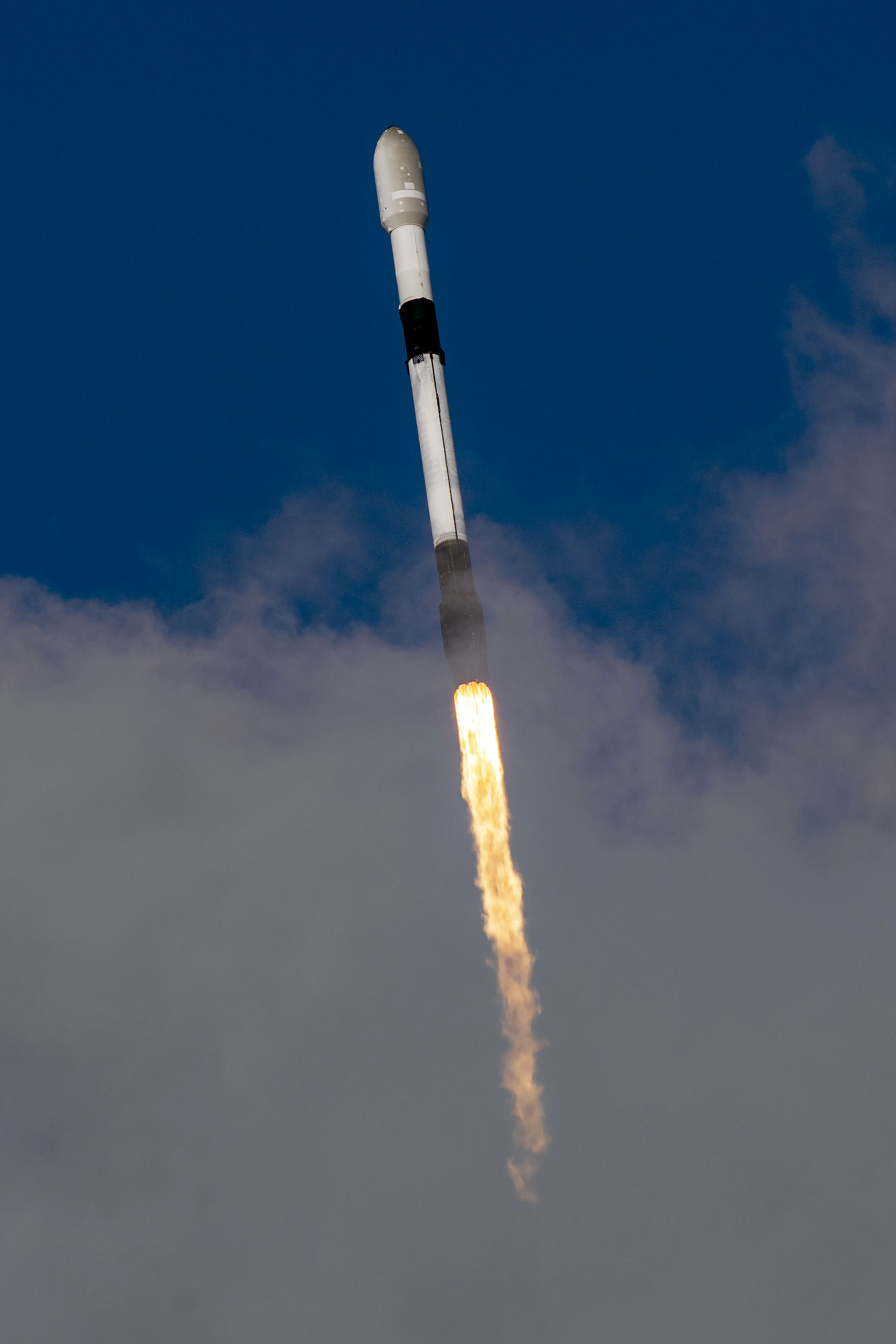
Falcon 9 Booster
The booster supporting the Crew-5 mission is B1077-1. As the name implies, the booster has supported zero previous missions, making Crew-5 the very first. This is the third time an unused Falcon 9 booster has launched humans.
Following stage separation, the Falcon 9 will conduct three burns. These burns will softly touch down the booster on SpaceX’s Autonomous Spaceport Droneship, A Shortfall of Gravitas.
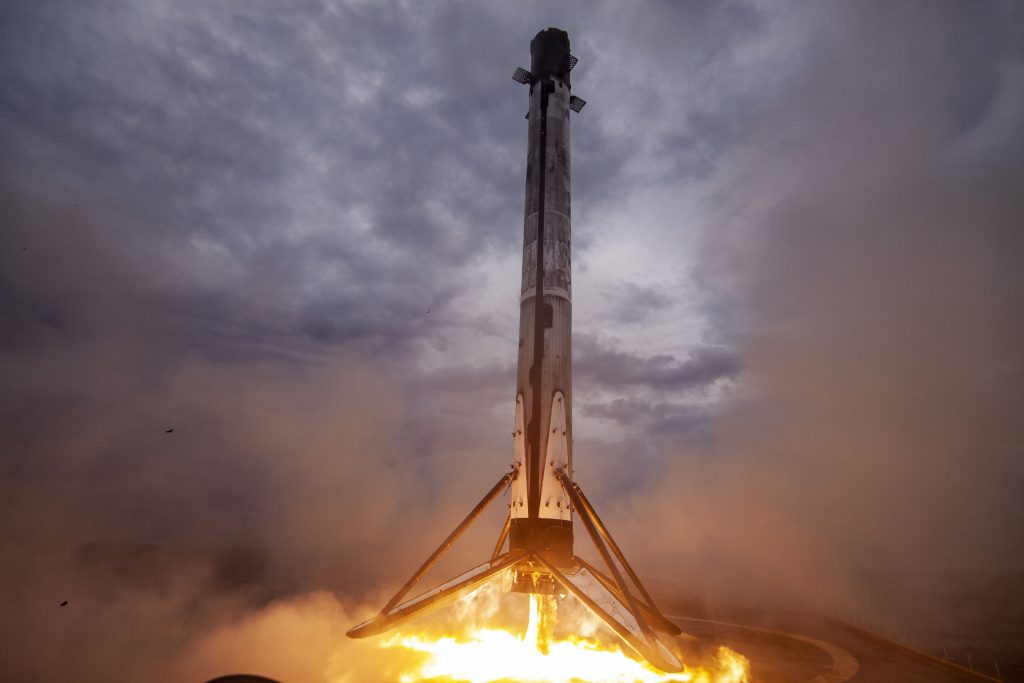
Crew-5 Countdown
All times are approximate
| HR/MIN/SEC | EVENT |
|---|---|
| 00:45:00 | SpaceX Launch Director verifies go for propellant load |
| 00:42:00 | Crew access arm retracts |
| 00:37:00 | Dragon’s launch escape system is armed |
| 00:35:00 | RP-1 (rocket grade kerosene) loading begins |
| 00:35:00 | 1st stage LOX (liquid oxygen) loading begins |
| 00:16:00 | 2nd stage LOX loading begins |
| 00:07:00 | Falcon 9 begins engine chill prior to launch |
| 00:05:00 | Dragon transitions to internal power |
| 00:01:00 | Command flight computer to begin final prelaunch checks |
| 00:01:00 | Propellant tank pressurization to flight pressure begins |
| 00:00:45 | SpaceX Launch Director verifies go for launch |
| 00:00:03 | Engine controller commands engine ignition sequence to start |
| 00:00:00 | Falcon 9 liftoff |
Launch And Landing
All times are approximate
| HR/MIN/SEC | EVENT |
|---|---|
| 00:01:02 | Max Q (moment of peak mechanical stress on the rocket) |
| 00:02:36 | 1st stage main engine cutoff (MECO) |
| 00:02:39 | 1st and 2nd stages separate |
| 00:02:40 | 2nd stage engine starts |
| 00:07:28 | 1st stage entry burn starts |
| 00:08:48 | 2nd stage engine cutoff (SECO-1) |
| 00:09:02 | 1st stage landing burn starts |
| 00:09:30 | 1st stage landing |
| 00:11:58 | Dragon separates from 2nd stage |
| 00:12:46 | Dragon nosecone open sequence begins |





I would add “First time a Russian flies on crew dragon.”
There will only be 11 on the ISS not 13
You might want to add ‘as part of NASA’s Commercial Crew Program’ at the end of the line ‘For the fifth time, SpaceX will launch four astronauts to the International Space Station (ISS) in the Crew Dragon spacecraft atop a Falcon 9 rocket.’
Also, maybe replace the description of the fairings with the description of the Crew Dragon capsule.
Great Job Austin & Trevor !! Your information really added to my post flight appreciation of the launch.